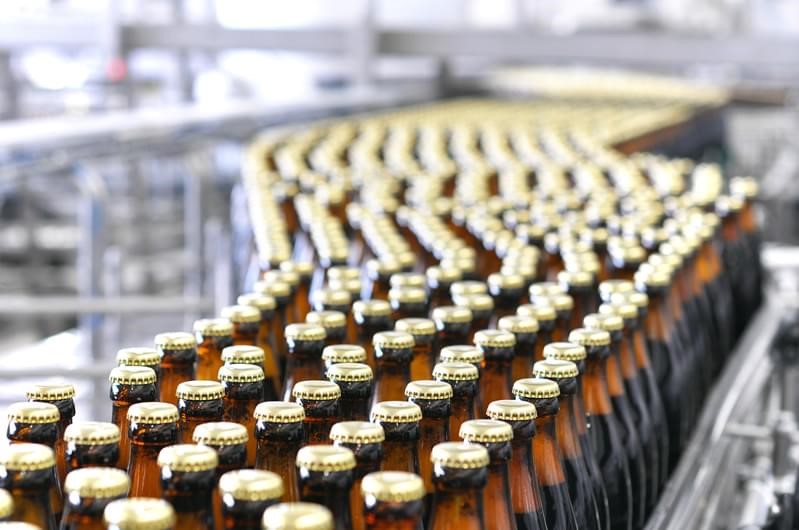Advanced Liquid Package Solution
As the years keep coming by, one thing remains unchanged; the steady growth in innovation and technology. Several industries keep experiencing steady growth as they focus on improving production efficiency and reducing cost of production.

The field of beverage production is not left out. There has been a steady improvement in this field especially in the packaging of the final products. Beverage production involves different phases all of which work simultaneously to ensure that the final product realized meets the required quality and standard.
In the beverage production, the choice of bottle or packaging container has to be made. Other phases in the bottle filling line after preparing the bottles include, the filling phase which involves positioning of the bottles, and the action of the nozzles under gravity. The volume of the liquid is also determined by the sensors which communicates with the nozzles. The next phase is the capping or corking of the bottles in the case of glass bottles. After this, the capped bottles move to the labeling phase where the bottles are appropriately identified with labels.
The final stage of beverage production is packaging, and this is mostly done in either plastic bottles, glass bottles or other packaging containers. Bottling not only allows the good presentation of the beverage product and its comfortable distribution, but it is the means of developing better and preserving its qualities for a longer time. This operation raises some questions, such as deciding the optimal time to carry it out, cleaning the glass, avoiding the dissolution of oxygen during handling, the fight against contamination, the effectiveness of capping, etc.
Currently, the technological development of bottling facilities has led to a performance that has gone from 1,000 bottles / hour (manual and semi-manual machines) to more than 50,000 bottles / hour in large bottle filling lines.
Process of packaging beverages
1. In the materials warehouse, the boxes containing the empty bottles are placed on a conveyor to the bottle feeder.
2. The bottle feeder removes the bottles from the crate and places them on a conveyor belt to be taken to the washing machine.
3. The machine washes the bottles and then dries them with hot air pressure flow.
4. The bottles are filled with the gaseous liquid entering the filling machine through a pipe and coming from a balance tank.
5. The filled bottles enter into the capping machine, where the screw cap is placed and sealed.
6. The labeling machine is responsible for attaching the identification label and mark to each bottle.
7. The bottles are placed on the container plate and placed in the boxes.
8. The boxes are closed and sealed in the finished product warehouse.
Types of packaging machines
There are some aspects in which all liquid packaging machines coincide, such as the case of being made up of an accumulator system tank or a circulation system through which the different bottles or containers pass. What mainly changes between the different types are the nozzles that are used for filling. Mainly there are two big groups:
•Volumetric fillers
•Constant level fillers

By continuing to use the site you agree to our privacy policy Terms and Conditions.